Dr Farhadieh will then discuss your aesthetic concerns, as well as any functional issues that may worry you. After examination of your nose and facial features, a set of medical record photographs will be taken and all options will be discussed with you.
Major complications are not common in rhinoplasty and all possible risks will be discussed with you at length during your consultation. Smokers are advised to stop smoking for at least 3–6 weeks both before and after surgery. You will need to stop taking any blood-thinning medications or alternative dietary supplements for at least 2 weeks prior to surgery.
Rhinoplasty is performed either as an outpatient surgery or in the hospital with overnight admission. It’s important to note that you will need someone to drive you home afterwards. Prior to surgery, Dr Farhadieh will mark your nose and face and address any remaining questions with you. The surgery involves internal incisions and often a small external incision (open rhinoplasty), which heals well and is not noticeable. Nose job surgery usually takes between 1 and 2 hours, but can sometimes be longer, especially in cases where it is a revision rhinoplasty or more extensive work is carried out. Depending on the aim, your nose may be built up in areas using your own nasal cartilage, the bridge may be narrowed, the septum straightened and nostrils adjusted if needs be.





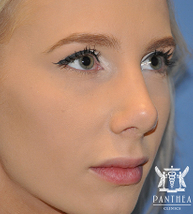



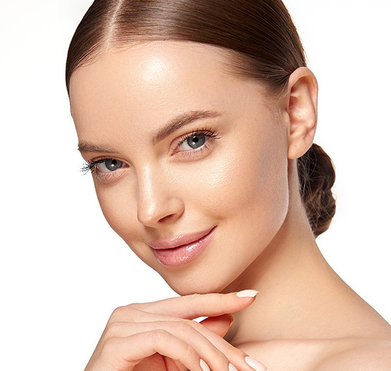
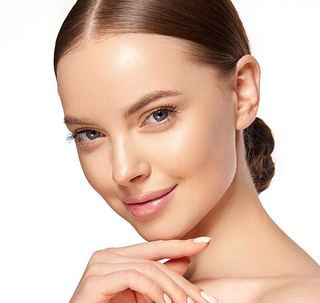
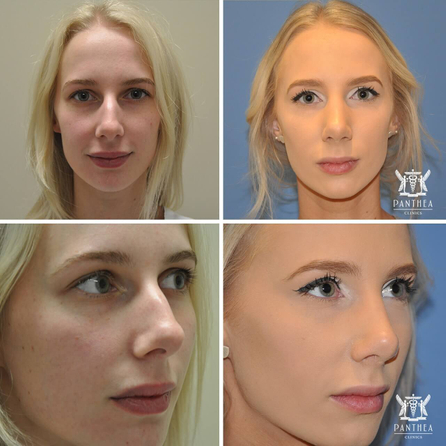


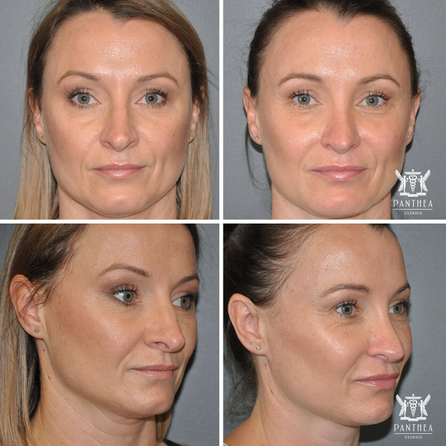

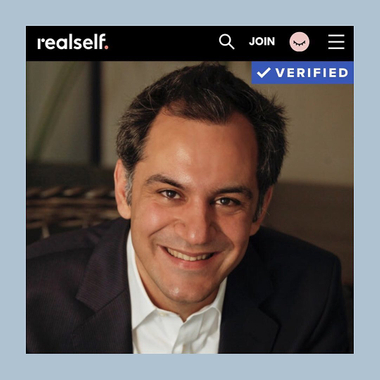
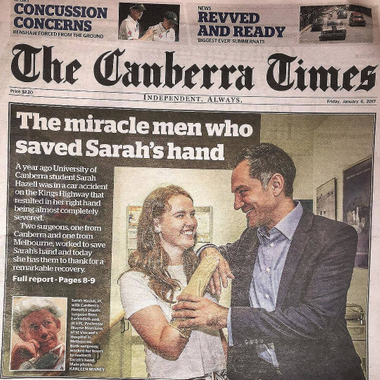
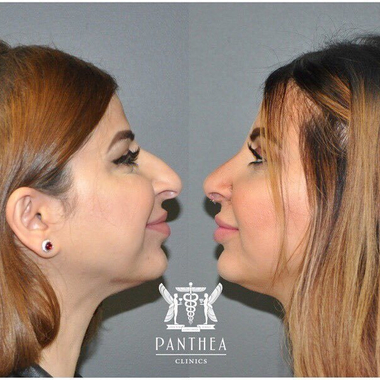
 1300 03 03 71
1300 03 03 71 reception@panthea.com.au
reception@panthea.com.au


